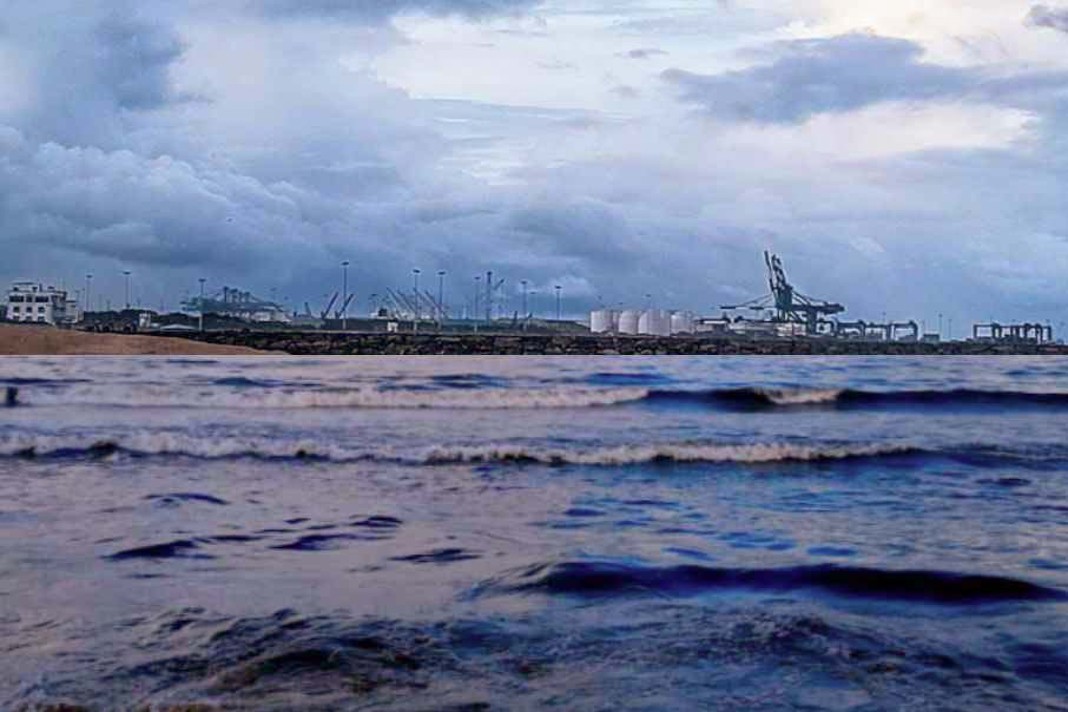This week, the oil market saw news of an increase in crude oil production from Saudi Arabia. Saudi Arabia is anticipated to boost its crude oil supply to China in October, following a recent price cut for its oil sold in Asia. This move comes as the world’s leading crude exporter seeks to strengthen its market share amid fluctuating global oil dynamics. According to trade sources cited by Reuters, the Kingdom plans to ship a total of 46 million barrels of crude to China next month, an increase from the estimated 43 million barrels expected to arrive in September, Break Wave Advisors.
Dirty oil shipments
This anticipated rise in supply reflects increased demand from China’s largest state-owned refiners, Sinopec and PetroChina. Both companies have reportedly requested additional volumes from Saudi Arabia to meet their refining needs for October. The adjustment in supply levels underscores the strategic role of Saudi Arabia in balancing global oil markets and responding to the evolving needs of major importers like China. As these developments unfold, they could have significant implications for regional oil trade and pricing dynamics.
Sentiment in the dirty freight market appears to be firming in the second week of September; however, current levels remain only marginally above the lows recorded during the summer season.
-
The VLCC MEG-China freight rates rose to 50 WS, a weekly increase of 8%, and up 47% compared to the same week last September.
-
Suezmax freight rates for shipments from West Africa to continental Europe climbed to 80 WS, reflecting an 8% increase compared to a month ago. On the Suezmax Baltic-Mediterranean route, rates have shown a relatively steady trend since the first week of September, also reaching 80 WS, marking a 3% increase on a weekly basis.
-
Aframax Mediterranean freight rates are currently hovering around WS120, reflecting a 37% increase compared to the same week last year.
The supply of crude tankers showed an upward trend in the second week of September, exceeding the annual average on both the Suez West Africa and Aframax Mediterranean routes. In contrast, a downward trend was observed for VLCC activity on the Ras Tanura route.
-
VLCC Ras Tanura: The number of ships has now dropped to 66, falling below the annual average and marking a decline of nearly 12 compared to levels observed two weeks ago.
-
Suezmax Wafr: The current ship count stands at 62, confirming signs of an increase above the annual average of 60. This week’s levels are 12 ships higher than three weeks ago.
-
Aframax Med: The number of ships has increased to 13, surpassing the annual average and representing nearly a 50% rise compared to four weeks ago.
-
Aframax Baltic: Since the end of week 32, there has been a downward trend, with current levels at around 23, 10 below the annual average.
Dirty tonne days: The decrease in VLCC tonne-days growth has persisted through the first half of September, raising uncertainties about the long-term stability of firmness for dirty freight rates. This decline reflects a weakening demand for VLCCs, contributing to market volatility. Similarly, Suezmax tonne-days growth continues on a downward trajectory, amplifying concerns about sustained softness in this segment. In contrast, Aframax tonne-days growth is showing stronger signs of resilience, with potential for more stable or even rising freight rates in the near term. However, the overall market outlook remains uncertain as the contrasting trends across these tanker classes could signal a more complex supply-demand dynamic emerging in the weeks ahead.
Did you subscribe to our daily Newsletter?
It’s Free! Click here to Subscribe
Source: Break Wave Advisors















